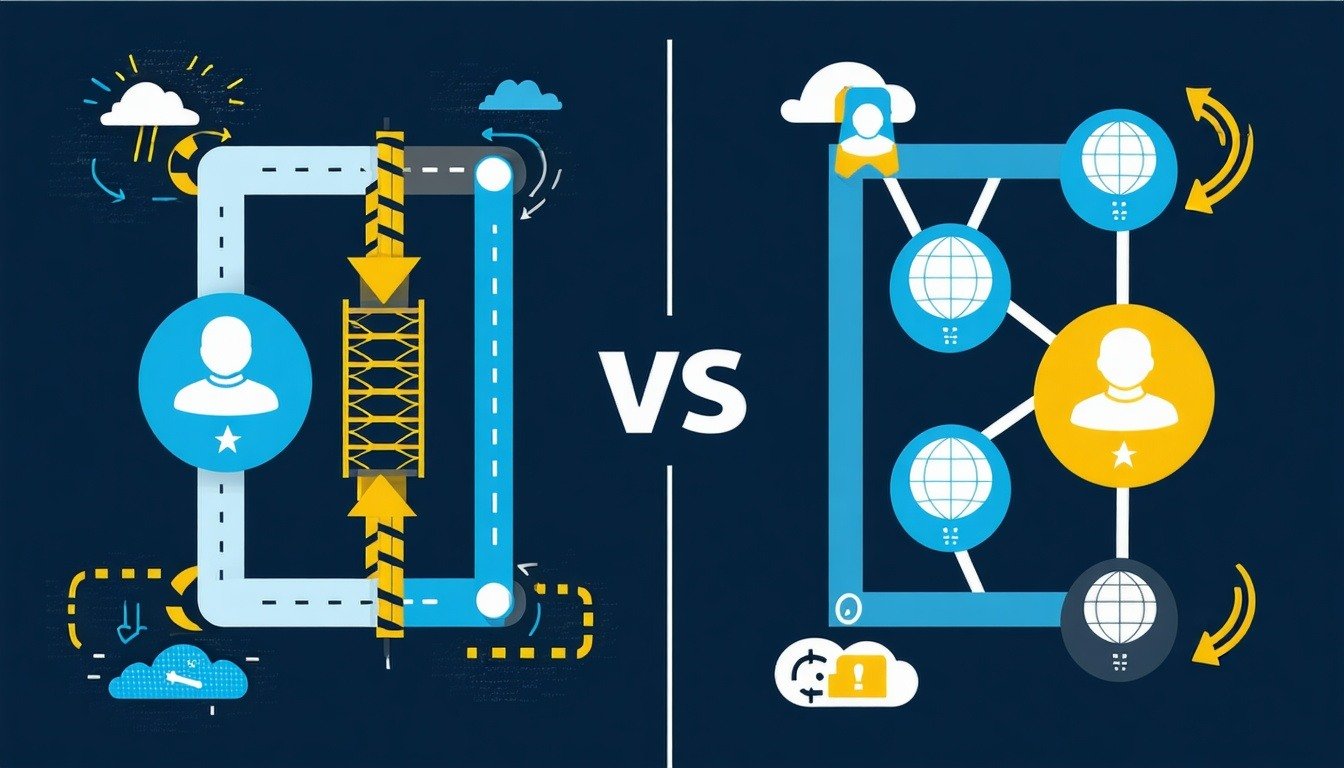While the forced migration caused by Shopify’s HubSpot integration update is creating disruption for many businesses, it’s also an opportunity to reassess your tech stack and explore better alternatives. If you’re looking to future-proof your business and optimize your integration, now is the perfect time to upgrade.
Check out a comparison of Unific vs the Native Shopify Sync and how we can help during this process.
Why the New Integration Falls Short
-
Limited Customization for Syncing: The new integration offers limited customization, which can lead to restrictions in syncing orders the way you need them. This can disrupt existing workflows, especially those relying on Deals for accurate forecasting and reporting.
-
Disruptions to Existing Sales Workflows: Sales processes and reporting that were previously streamlined through Deals are now at risk of being disrupted by the Order object’s limitations.
-
Order Object Limitations vs. the Flexibility of Deals: While Orders are necessary for tracking transactions, they lack the customization options and flexibility that Deals provide in HubSpot’s CRM. For many businesses, this creates a gap in their ability to maintain smooth sales workflows, not to mention that the migration will create a gap between past order data and future order data.
What an Ideal Integration Should Look Like
-
Seamless Shopify-HubSpot Syncing: An ideal integration should sync data in a way that keeps sales workflows running smoothly, without the limitations of the new Order object, unless you specifically need it to. Flexibility is the key word here, you need it to adapt to your business, not adapt your business to it.
-
Customizable Workflows Without Disruption: Businesses need the ability to customize their syncing process to fit their specific sales and reporting needs, this includes custom fields, deal stage mappings, and more.
-
A Way to Maintain Historical Data & Reporting: It’s crucial to maintain historical order -deal data for accurate reporting and forecasting without requiring a migration that adds complexity. Any new product should look at updating past data in a way that it can be formatted to the way new data will be treated. Otherwise reporting will severely affected.
How Unific's Deep Data Sync Solves These Problems
-
Syncs Orders as Deals: Our solution syncs Shopify orders directly as Deals in HubSpot, maintaining your reporting and automation processes without disruption. Soon, we will also enable you to choose if you want to sync them to Orders, but we will leave that up to you.
-
Retains Historical Data Without Extra Migration Work: We ensure that historical data is preserved, so you don’t have to worry about losing critical insights during the transition, we will update all past data.
-
Flexible and Scalable for Future Business Growth: Our integration is designed to grow with your business. As your sales processes evolve, our solution offers the flexibility to adapt to new challenges and opportunities, a new field created or a different stage added.
Why now?
With the mandatory migration happening, it's important to understand where your efforts will go. Workflows, processes, reporting and how your team uses this data currently will have to be updated no matter what. However, choosing Unific's Deep Data Sync enables you to work on your current deal structure, limiting changes to reports and workflows. We also have a team ready to help with this process so it can be smooth sailing.
We’re offering a free trial or exclusive demo for businesses that want to upgrade their integration. Plus, early adopters can benefit from a limited-time discount. Book a call today and learn more.

